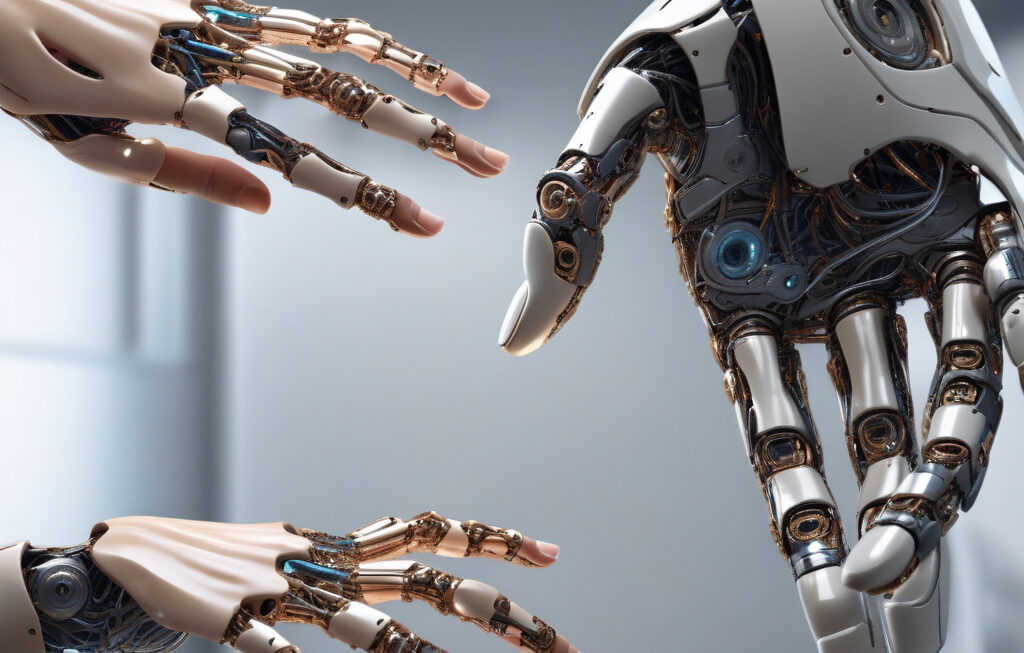AI-driven Breakthrough Uncovers ‘Next-Gen’ Materials that Top Lithium-Ion Performance
Lithium-ion batteries changed the world. They powered the smartphone era, unlocked electric vehicles, and made renewable energy storage a reality. However, as technology advances and demands for energy storage grow, there is a pressing need for innovation in this space. The good news is that a groundbreaking AI-driven breakthrough has uncovered ‘next-gen’ materials that promise to surpass the performance of traditional lithium-ion batteries.
The key to this breakthrough lies in the power of artificial intelligence to accelerate the discovery and development of new materials. By leveraging machine learning algorithms and predictive modeling, researchers have been able to identify novel compounds with the potential to revolutionize energy storage. These new materials offer higher energy densities, faster charging capabilities, and increased safety compared to conventional lithium-ion batteries.
One example of such a material is a silicon-graphene composite that has shown remarkable promise in laboratory tests. Silicon offers a much higher energy storage capacity than graphite, which is commonly used in the anodes of lithium-ion batteries. However, silicon electrodes have historically suffered from rapid degradation and poor cycling stability. By combining silicon with graphene, researchers have been able to overcome these challenges and create a composite material that exhibits both high energy density and long-term durability.
In addition to silicon-graphene composites, AI-driven research has also led to the discovery of novel electrolytes and cathode materials that further enhance battery performance. For instance, advanced polymer electrolytes have been developed to improve ion conductivity and enhance the safety of next-generation batteries. Similarly, cathode materials based on transition metal oxides have been optimized to increase energy output and prolong battery lifespan.
The implications of these advancements are profound. By surpassing the limitations of traditional lithium-ion batteries, ‘next-gen’ materials have the potential to revolutionize not only consumer electronics and electric vehicles but also grid-scale energy storage and portable electronics. Imagine smartphones that can last for days on a single charge, electric cars with a range that rivals gasoline vehicles, and renewable energy systems that can store excess power for use during peak demand periods.
Furthermore, the environmental benefits of these new materials cannot be overstated. By enabling the widespread adoption of renewable energy sources and electric transportation, advanced energy storage technologies have the potential to significantly reduce greenhouse gas emissions and combat climate change. This aligns with the global push towards sustainability and reinforces the importance of investing in clean energy solutions.
As we stand on the cusp of a new era in energy storage, it is clear that AI-driven breakthroughs hold the key to unlocking the full potential of ‘next-gen’ materials. By harnessing the power of artificial intelligence to accelerate innovation and discovery, researchers are paving the way for a more sustainable and energy-efficient future. The days of lithium-ion batteries may soon be numbered, replaced by cutting-edge materials that push the boundaries of performance and efficiency.
In conclusion, the AI-driven breakthrough in uncovering ‘next-gen’ materials represents a significant milestone in the evolution of energy storage technology. With the potential to revolutionize multiple industries and drive the transition towards a cleaner, more sustainable future, these materials herald a new era of innovation and progress in the field of battery technology.
AI, Breakthrough, Next-Gen, Materials, EnergyStorage












